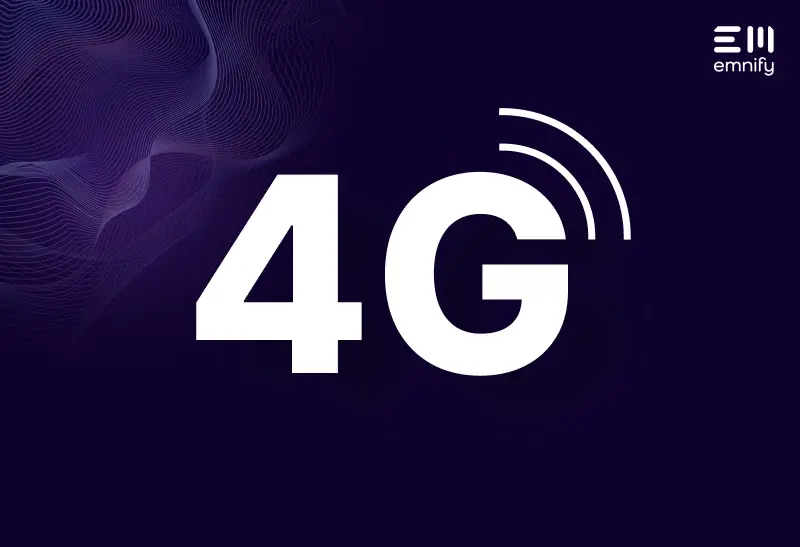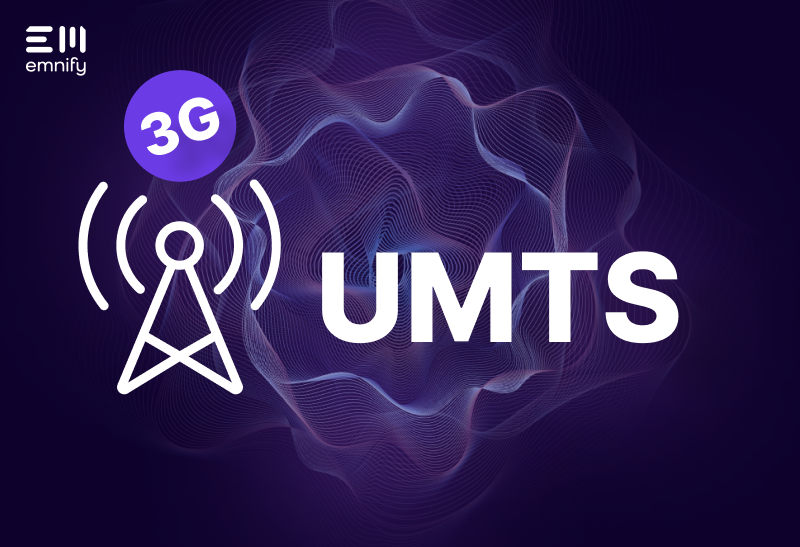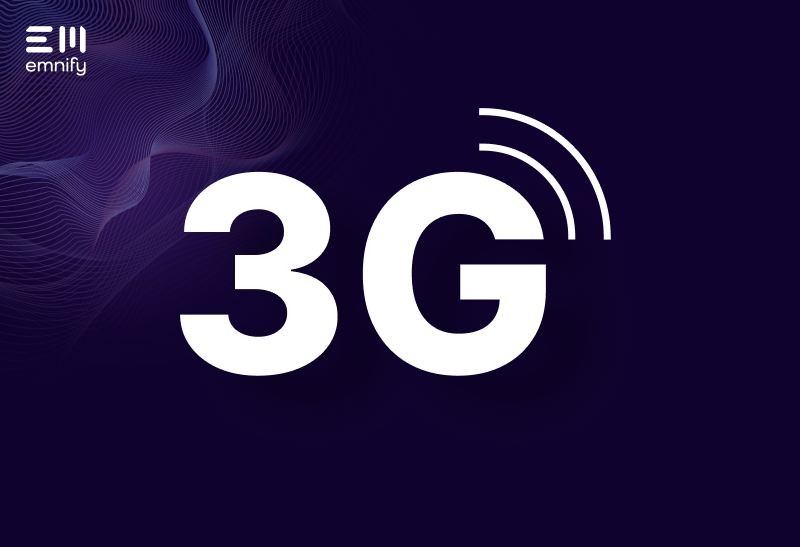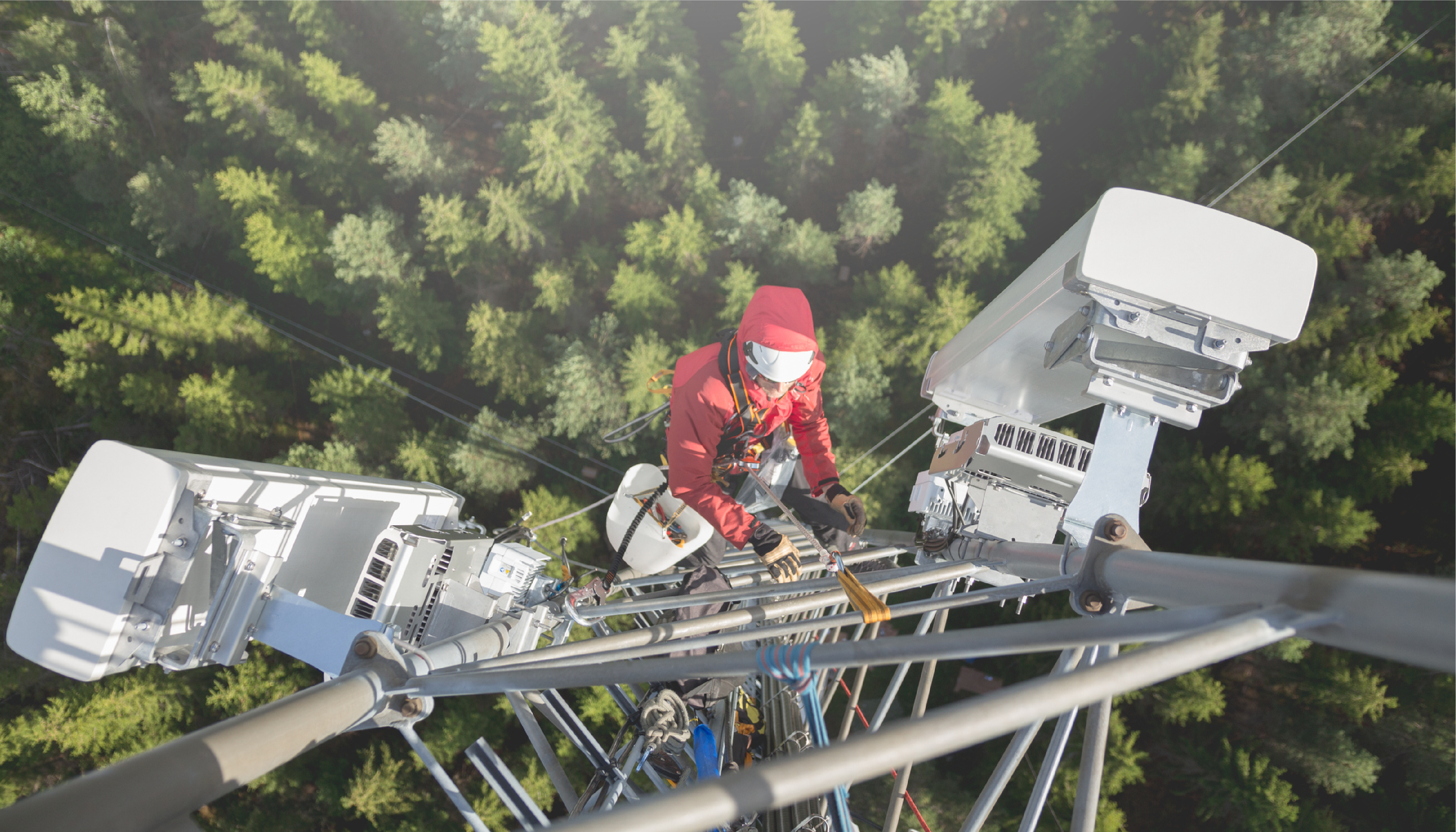

Quick definition: 4G is the fourth generation of cellular networks. First released to the public in 2009, 4G networks offered significantly faster data rates, lower latency, and more efficient use of the radio frequency spectrum. Today, more than 50 percent of all mobile connections are made on 4G networks.
Two main branches of technology have been marketed as 4G: LTE (Long Term Evolution) and WiMax. Many Internet of Things applications rely on 4G LTE or specialized “categories” of it: LTE-M (Long Term Evolution for Machines) and LTE-Cat 1 (category one).
When did 4G come out?
Technically, the first commercially deployed 4G networks came out in 1998, but they didn’t become widely available to the public until 2009. However, there’s some debate about whether the earliest forms of these technologies were technically 4G. Carriers used the label, but their technology didn’t meet the standards for 4G as defined by the International Telecommunications Union (ITU). Their peak speeds were too slow.
4G networks are based on an ITU standard called International Mobile Telecommunications-Advanced (IMT-Advanced), which specifies peak download speeds of up to 100 Mbps in a fast-moving vehicle and up to 1 Gbps when the user is walking or stationary, and peak upload speeds of up to 50 Mbps—many times faster than 3G speeds. The earliest releases of WiMax and LTE were significantly slower, but Mobile Network Operators (MNOs) argues that these networks represented a new generation of cellular technology because they:
- Weren’t backward compatible
- Were required to implement technology that could meet IMT-Advanced specifications
- Were significantly faster than 3G
In 2010, ITU formally accepted these arguments and acknowledged LTE and WiMax could be considered 4G.
What’s different about 4G?
4G networks were designed to accommodate a far larger volume of cellular devices and more data-heavy Internet activities like streaming High Definition video. As a result, they needed to implement telecommunications technologies that hadn’t been used in previous generations.
Here are a couple of the ways 4G makes more efficient use of the RF spectrum and facilitates faster data speeds.
Multiple Input, Multiple Output (MiMo)
Radio transmissions encounter all kinds of environmental interference from buildings, geographic features, and even the atmosphere. This causes the signal to take multiple paths from the antenna to the receiver and distorts the transmission. This phenomenon is known as “multipathing,” and for more than 100 years, it had been seen as an inherent weakness in radio transmitting. But MiMo exploits it.
Multiple Input, Multiple Output (MiMo) is a transmission architecture that uses multiple antennae and receivers to create several paths for a single transmission. The receiver can differentiate between the signals and reduce distortion caused by multipathing, greatly increasing the network’s efficiency.
Orthogonal Frequency Division Multiple Access (OFDMA)
OFDMA enables more devices to transmit simultaneously through the same channel. It splits transmissions into pieces and assigns different frequencies to different users, so simultaneous transmissions are less likely to interfere with each other.
4G and the Internet of Things
4G LTE wasn’t designed with IoT devices in mind. It was built to accommodate the ways consumers use smartphones and meet the demand for greater data rates and more resilient service.
Faster data transmission isn’t the most important factor for most IoT manufacturers. If you’re building an IoT application, you’re probably most concerned about coverage, cost, power consumption, and long-term viability. You want your device to:
- Connect wherever you deploy
- Last as long as possible
- Keep costs low
With that in mind, 4G LTE isn’t ideal for most use cases. Its exponentially greater data rates come with 50 percent more power consumption. And if you’re deploying globally, you may need multiple modems—because LTE uses 27 different frequency bands, and your device can only access the bands your modem supports.
However, there are some applications where it makes sense to depend on 4G’s high data throughput, low latency, and mobility—such as car entertainment or diagnostic systems, or applications involving video transmission, like security cameras.
In general, the more complex a network is, the more power it uses, and the more it costs to operate on.
But this technology also opened the door to some more specialized cellular networks that are designed for the Internet of Things.
LTE-M
Long-Term Evolution for Machines (LTE-M), also known as Long-Term Evolution Machine-Type Communication, is a type of Low Power Wide Area Network (LPWAN) that merges fast data rates with power-saving features and affordable components.
One of the biggest appeals of LTE-M connectivity is that LTE-M modules are about one third the cost of LTE modules, but they still allow IoT devices to use 4G LTE infrastructure. It also enables devices to use Power Saving Mode (PSM) and Discontinuous Reception (DRX) to reduce power consumption while in idle mode.
Compared to its brother, Narrowband IoT (Nb-IoT), LTE-M uses less power while transmitting larger volumes (faster data speeds mean it takes less time to transmit), and simpler global deployments. Very few Nb-IoT networks support roaming from one carrier’s network to another, so deployments to new countries usually require new contracts and new Subscriber Identity Modules (SIMs).
Using LTE-M connectivity ensures excellent global coverage now and in the coming years. Carriers are still expanding their 4G networks, and by 2025 it’s estimated that two-thirds of all mobile connections will be 4G.
Is 4G right for your IoT application?
4G is the most widely used cellular technology. But that doesn’t mean it’s ideal for your application. If it makes sense for your use case, we’ll get you connected to 4G networks wherever you need to deploy. If there’s a better choice for your devices, such as LTE-M, we’ll talk you through your options and get you set up.
emnify is a communication platform for the Internet of Things. Our M2M SIM cards connect your IoT devices to more than 540 networks in over 180 countries. Our platform fully integrates with your system, so you can operate your IoT solution and automate connectivity processes from the tools you already use.
Want help choosing the right technology for your application? Talk to our IoT experts today.
Get in touch with our IoT experts
Discover how emnify can help you grow your business and talk to one of our IoT consultants today!
More than six years of experience as a senior editor in the realm of smart home, connectivity and Internet of Things. And still as curious as on the first day.


